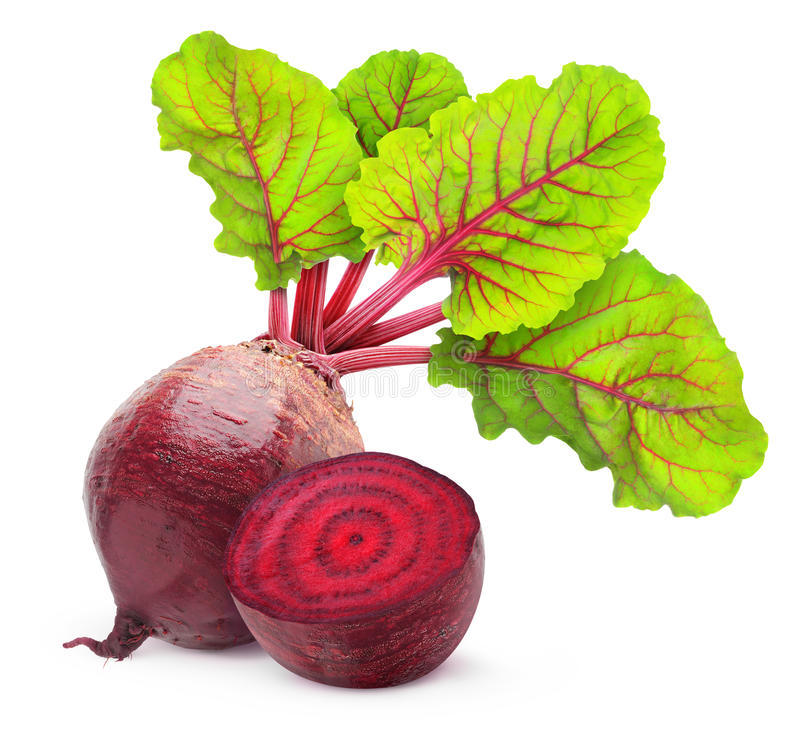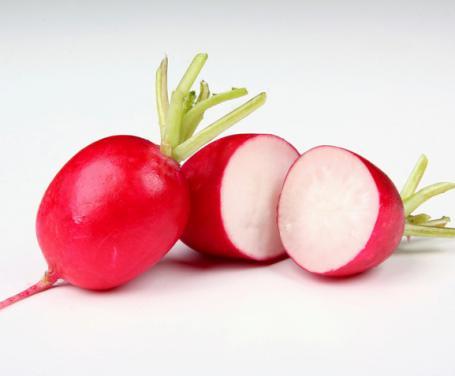Spektrum problem: Beetroot and Radish primes
If one cuts a beetroot, each piece is just a red as the whole. By a radish by contrast, only the external layer is red, and the cross-sections are all white. This motivates the following definitions of subclasses of primes:
Definition 1. A prime number written to basis shall be called called a Beetroot just in case every connected non-trivial subsequence of the digits is in . For example , is a Beetroot, as (red layer) and (all red layers).
 Beetroot
Beetroot
Definition 2. A prime number written to basis shall be called called a Radish just in case (1) it is of length and (2) NO connected non-trivial subsequence of the digits is in . For example , is a Radish, as (red layer) and (all white layers).
 Radish
Radish
Task. Determine the largest Beetroot-prime, , and the smallest Radish-prime, . Write these to basis and concatenate the digits. Eg suppose you think and , then input your answer as . (Note: These are clearly not the answers, they are not even Beetroots/Radishes.)
Ideally, develop an algorithm to generate Beetroots and Radishes.
Original Author: Willi Botta, source Spektrum , accessed 29.05.2018.
The answer is 313789.
This section requires Javascript.
You are seeing this because something didn't load right. We suggest you, (a) try
refreshing the page, (b) enabling javascript if it is disabled on your browser and,
finally, (c)
loading the
non-javascript version of this page
. We're sorry about the hassle.
The set of Beetroots can be generated recursively by length of the base-10 expansion. First one proves a simple lemma (which basically derives from the definition):
Lemma 1. Let B N denote the set of Beetroots of length N . Then for all N > 1 a positive natural n is in B N if and only if n ∈ P and n − , n + ∈ B N − 1 ∪ { 1 } , where n − , n + are the two N − 1 -digit subsequences of n .
Lemma 2. If B N = ∅ for some N > 1 , then B m = ∅ for all m ≥ N . Proof. It suffices to show that B N + 1 = ∅ , then repeating the argument the desired result follows by induction. Suppose a Beetroot n exists of length N + 1 and a. Then by Lemma 1, n − , n + ∈ B N ∪ { 1 } = ∅ ∪ { 1 } = { 1 } , so n − , n + = 1 . Now, technically one of these could be of the form 0 0 … 0 1 , as a subsequence of n . But not both of them. So at least on subsequence of length N is of the form 1 . But this is impossible, as N > 1 . QED.
Appealing to Lemma 1, it is now easy to generate the Beetroots. Furthermore, it is easy to see when to stop.
By Lemma 2 it follows that there are no Beetroots of length ≥ 5 . Hence, by the above computations, it thus follows that the largest Beetroot is $ b = 3 1 3 7 $ .
To compute the Radishes is easier, as we only need the smallest. The digits of a Radish must lie in { 0 , 4 , 6 , 8 , 9 } . There are by definition no 1-digit Radishes. The only possibly 2-digit Radishes are
Hence we need not compute any further. The smallest Radish is $ r = 8 9 $ .
The desired answer is thus \fbox{\$b^{\frown}r=313789\$} .